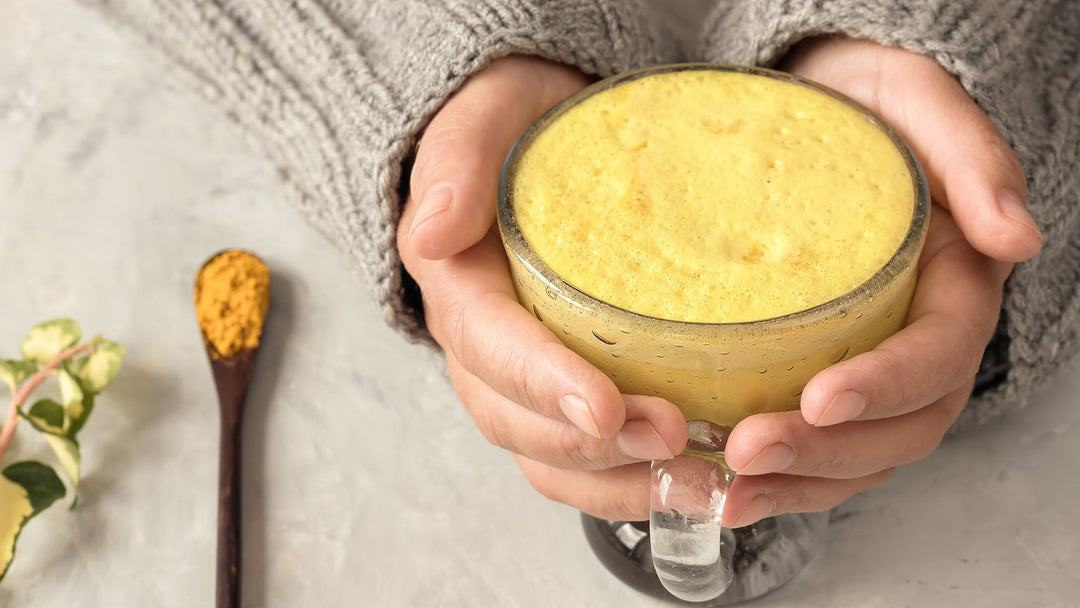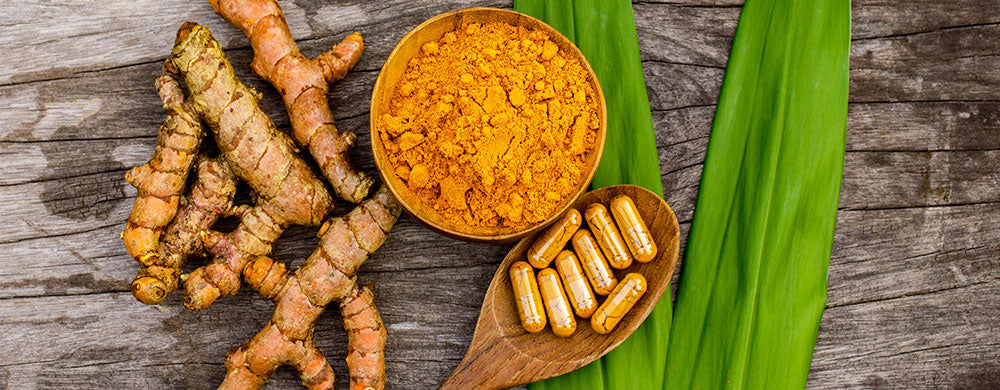What is the difference between polyphenol-rich and regular olive oil? 6 important points

The difference between polyphenol-rich and normal olive oil
The difference between polyphenol-rich and regular olive oil: 6 important points
Olive oil is known for its health benefits, but not all olive oils are the same. The polyphenol content in particular varies greatly and makes a big difference. Here's why polyphenol-rich olive oil like O'Liv PLUS is the best choice if you want to promote your health through your olive oil choice.


What are polyphenols in olive oil?
Polyphenols are secondary plant substances with antioxidant effects. Olive oil contains three polyphenols in particular: tyrosol, hydroxytyrosol and oleuropein. These protect cells from free radicals and contribute to the unique taste and health benefits of olive oil.
Why are polyphenols important in nature?
In plants, polyphenols act as a protective mechanism against environmental influences such as UV radiation and pests. If we consume foods rich in polyphenols such as olive oil, we also benefit from these antioxidant properties. Polyphenols play a particularly important role in protecting blood fats from harmful oxidation, which supports health in the long term.


Difference between polyphenol-rich and normal olive oil
The main difference is the polyphenol content. While conventional olive oil often contains only 50-100 mg/kg of polyphenols, O'Liv PLUS has at least 750 mg/kg. This means it offers up to 50 times more antioxidant power and health benefits.
Why is polyphenol content so important?
Polyphenols protect blood lipids from oxidative stress, which promotes health. This connection is scientifically recognized: According to EU Regulation 432/2012, olive oil polyphenols have been proven to help protect blood lipids. The higher the polyphenol content, the greater the health benefits.


Which factors influence the polyphenol content?
Several factors determine how polyphenol-rich an olive oil is:
Harvest time: Early harvest guarantees more polyphenols.
Processing method: Gentle cold pressing and rapid processing using purely mechanical methods prevent the loss of antioxidants.
Storage: Storage at low temperatures and in the absence of oxygen preserves the polyphenols. Even if olive oil precipitates in the refrigerator, the quality remains unchanged.
Why is O'Liv PLUS the leader?
O'Liv PLUS is made from the Koroneiki olive, known for its high polyphenol content. Thanks to early harvesting and gentle processing, O'Liv PLUS contains at least 750 mg/kg of polyphenols, making it one of the most polyphenol-rich olive oils on the market. This protects blood lipids from oxidation and helps maintain normal cholesterol levels.

More than just an olive oil

Our products
The organic olive oil with maximum polyphenol content





